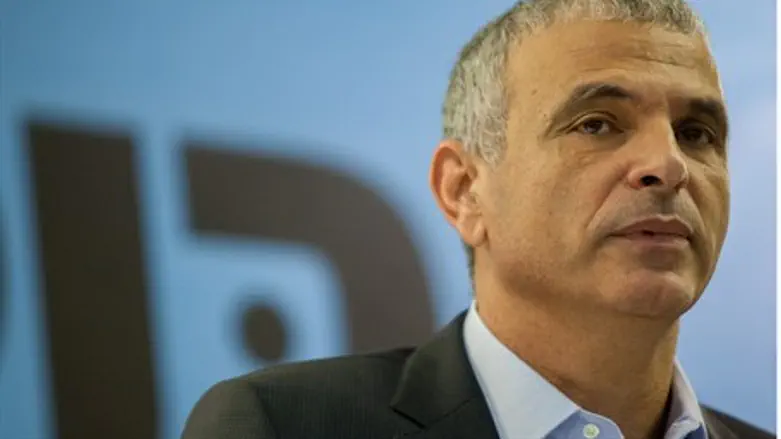
Finance Ministry economist Assaf Geva has spent the last 18 months analyzing the long-term demographic projections published by the Central Bureau of Statistics (CBS) two years ago, which project how Israel will look in 2059.
According to Geva's estimation, government spending will swell by 1.2 percentage points faster than the GDP every year as Israel's population ages, reports Haaretz.
While government revenues will grow 0.4 points faster than the GDP, largely thanks to Israel tapping into its natural gas reserves, work-related taxes will diminish as more and more Israelis retire.
However aging isn't the only reason the government will have less work-related taxes to pull from; according to the CBS forecast, the haredi and Arab population will both grow rapidly, with both groups featuring high unemployment rates. Among the Arab population critics have said unemployment rates belie rampant off-the-books employment, while many haredim opt to spend their time in Torah study instead of working.
By 2059 the haredi population is projected to jump from 11.1% today to a full 26.6%, while the Arab population is expected to grow from 20.9% to 23.1%.
Partially as a result of the shifting populations, the annual gap between government spending and government revenues will reach 0.8 percentage points, equaling roughly 9 billion shekels ($2.3 billion), and as a result Israel's debt will start to hike.
While Israel's national debt has been shrinking and is now at 67% of the GDP, that trend will reverse around 2030 according to the projection, and by 2059 it will reach 88% - still a far cry from economically floundering states such as Greece, which is at 175%.
However, Geva found that if Israel doesn't succeed in raising the retirement age of men and women to 69, the 0.8-point gap could actually be as high as 2.4 points equaling 25 billion (almost $6.5 billion) by 2059, raising Israel's debt-to-GDP up to 135%.
In the case that Israel fails in bringing more haerdim and Arabs into the work force, it would reach a 3.4-point gap every year meaning 35 billion shekels ($9 billion), a scenario in which Israel would likely be at a ratio of over 170% as it was during the financial crisis of 1985.
To counter that crisis the government launched the Economic Stabilization Plan involving budget cuts, price controls and structural reform.
According to Geva, "medium- to long-term fiscal adjustments" possibly including cutting budgets or raising taxes will again be needed to avoid the negative trend.
"Accepting ‘business as usual’ will lead to fiscal bankruptcy in the medium- and long-term, together with a decline in the GDP growth rate and rising inequality," he warns.